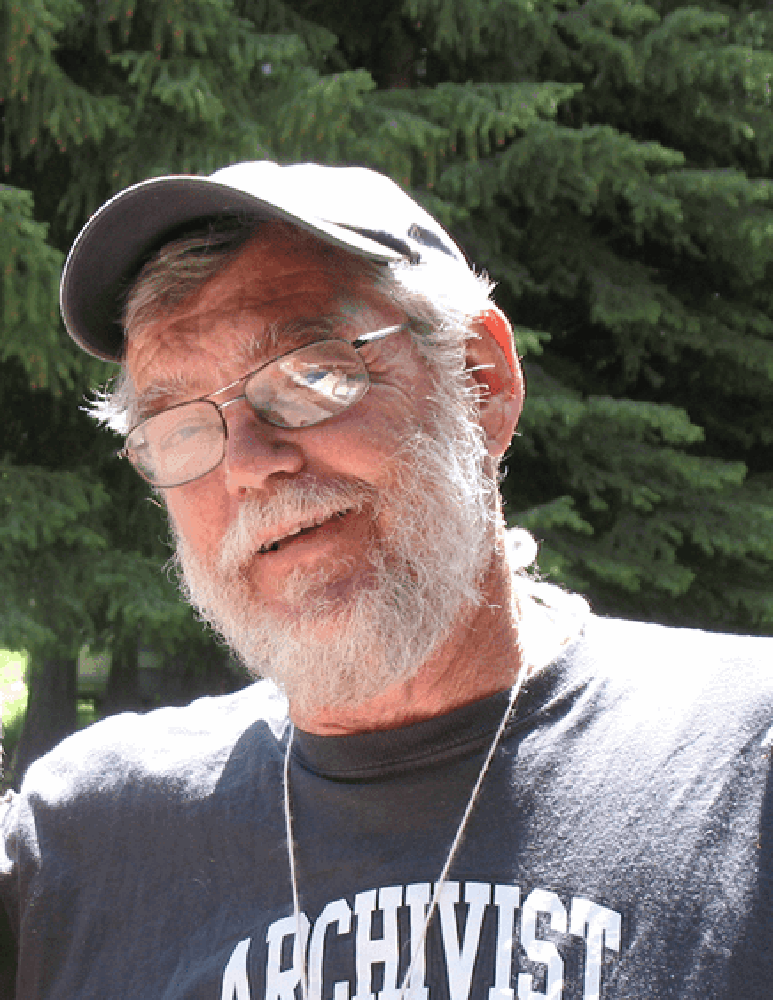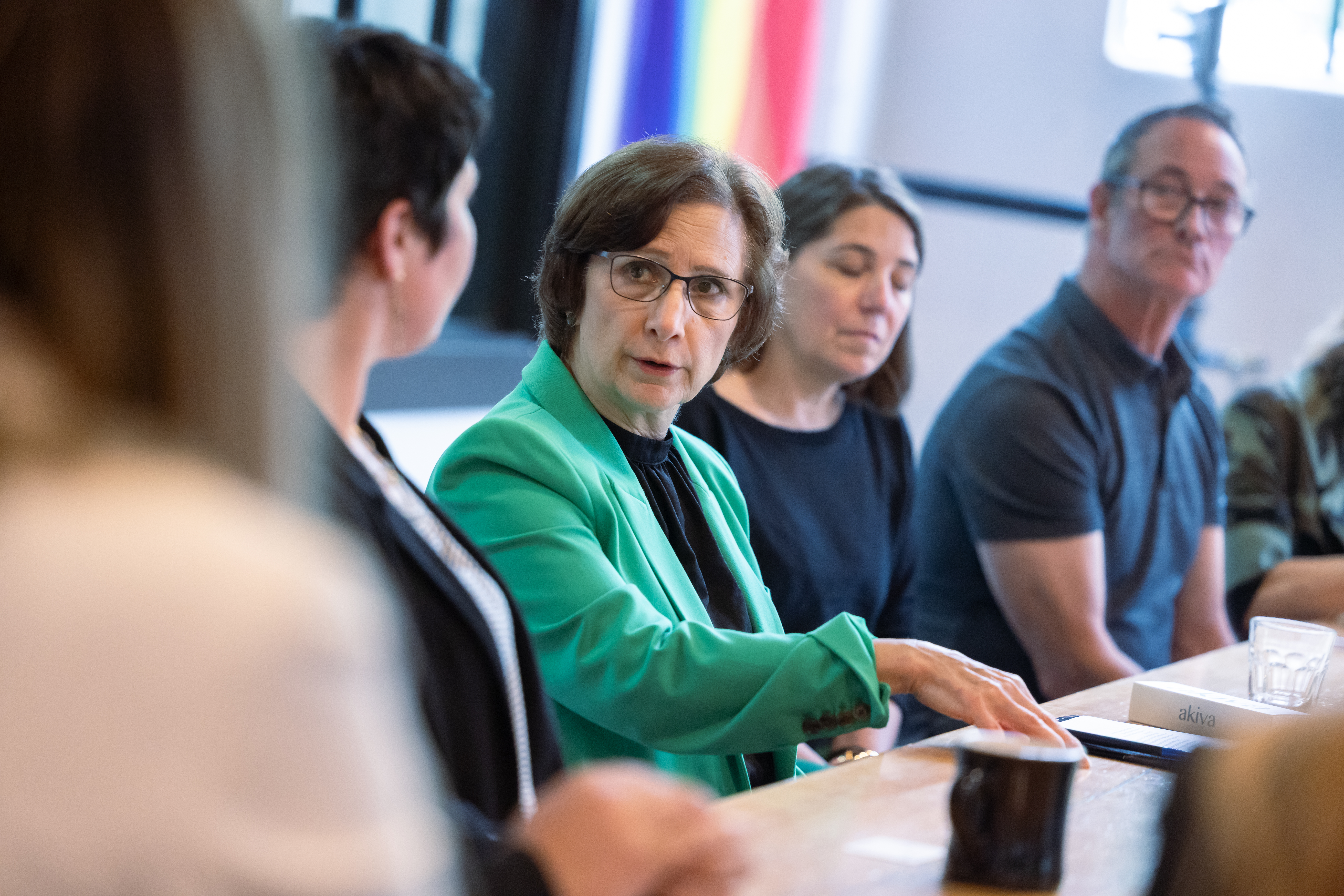Main Street: Viewing COVID from our perch
Published 6:00 am Wednesday, April 21, 2021

- Rich Wandschneider
Living in Wallowa County is a privilege, not only because of the natural beauty, small size and friendly people, but because it is removed enough from the American mainstream to be a perch from which to see the world. In recent years I’ve come to see age, too, as a perch from which to see the past and understand the present.
Our corner of NE Oregon has been and continues to be a haven from the COVID pandemic that is still sweeping the nation. As COVID-19 marches across America and the world, strikes nearby Umatilla County forcefully and lays a heavy hand on Union County and neighboring Idaho, we squeak along with few cases and very few fatalities.
Some might think that God is blessing us, but it’s more likely that our rural, dispersed population and outdoor living has more to do with it. All winter long, I walked the dog a mile each morning, and there were always others walking dogs or doing it on their own. Backcountry skiers skied, and Fergi allowed children of all ages to breathe mountain air. Still, many I know stayed close to home; some have still not left the county in a year.
We got together, conservatives and liberals, Catholics and the unchurched, to support the local food bank and restaurants offering takeout, and developed our own relief programs before the government programs hit, and continue to push funds into needy pockets today. Our Rotary Club lent special support — including delivery of the Chieftain — to Meals on Wheels and promoted a potato drive that took up the slack left when Portland restaurants could not use Pat Thiel’s organic potatoes.
My image of the rest of the world from this high perch is one of density, scramble and selfishness. People don’t want to live five to a room and 10 to an apartment next to other rooms and apartments just as crowded, but that’s where many found themselves when COVID hit. Nursing homes hit early were coastal — not in remote places like ours — and caretakers, underpaid and often living in those crowded apartments, often women of color, spread the disease among their families. Indian reservations with poor plumbing, large, extended families, and a probable genetic weakness against the virus, were hit hard in the early days. And the medical community, from ambulance to ER room, struggled, and many picked up the contagion.
College students — young, restless, and like the young always feeling invincible — became major spreaders of the disease. I think we should have vaccinated the young first, or at least concentrated on those living in fraternity houses and crowded farmworker housing.
Our own medical establishment calmly picked up the occasional case — my grandson brought it home from Portland, but was quickly diagnosed and quarantined, and it spread no further — followed and extinguished it. And although we have people here who deny that COVID exists, or that it is anything more than the flu, and flaunt cautions to mask and distance, the majority of us have minded our — and our community’s — manners. The doctors say that the normal seasonal flu and even the common cold have had trouble spreading in the county this winter.
It is now vaccination time, and the deniers and anti-vaxxers are forming a front, locally and across the country, that threatens the prospect of developing herd immunity. It’s apparently young, white men who are most resistant, which makes sense. Young men are always looking for a dare.
Older men and women — and here we come to the age perch — remember polio and mumps and measles, and know the efficacy of vaccinations. When I joined the 70-plus remembering crowd for my vaccination, there were men and women, Republicans and Democrats. I remembered being hauled to a neighbor’s house so that I would get chickenpox young, when it was not so serious. A friend recently told me that his father was 9 when he got the mumps, the youngest of several brothers. The older ones were all sterile.
Many of us remember standing in lines at school to be vaccinated for unnamed diseases, and then for polio. We remember magazine photos of children in iron lungs; some of us remember children taken from our classrooms. And right now, in Wallowa County, I know three who survived polio in the 1950s and are suffering from “post-polio syndrome” today.
On a bike-ride on the Imnaha Highway on Sunday, I was struck by a long string of yellow sacks of highway trash; I wondered if it is people who see individual freedom in pitching trash from car windows who demand the freedom to not wear a mask. I thanked the good volunteers of Wallowa County who help keep our small, rural place beautiful, the many who look out for the few.









